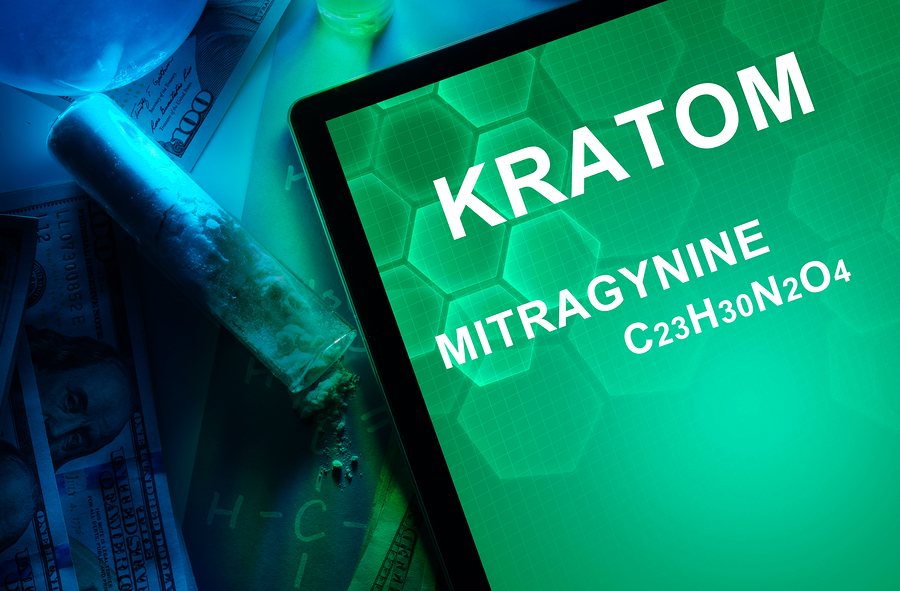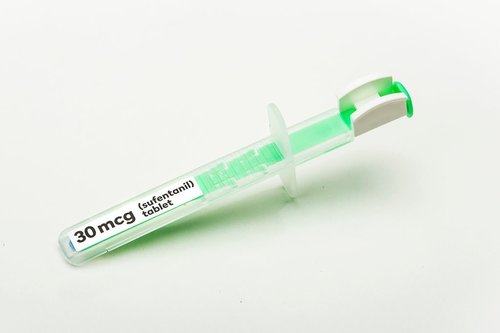Ignoring the Evidence in Canada
/By Marvin Ross, Guest Columnist
For those of us north of the border who are defending against the assault on pain patients, it was very gratifying to see the American Medical Association come out against the “inappropriate use” of the CDC guideline on opioid prescribing.
Sadly, we cannot hope that the Canadian Medical Association (CMA) will do the same. The CMA embraced the Canadian guideline – which is modeled after the CDC’s -- and argued for better evidence on the safety and efficacy of prescription opioids.
Sadly, how Canadian officials evaluate evidence is suspect. Jason Busse, the chiropractor who chaired the Canadian guideline, contends that no randomized controlled trials (RCTs) have been done on opioids that follow patients for longer than six months. He tweeted that to me after I challenged him on the results of an analysis that concluded that “to dismiss trials as ‘inadequate’ if their observation period is a year or less is inconsistent with current regulatory standards.”
I pointed out that multiple published studies and over 1.6 million patients maintained on doses over 200mg MME (morphine milligram equivalent) disprove his claim opioids don’t work long term.
Busse’s reply was, “Yes - the CDC guideline excluded all trials of less than 1 year duration. The Canadian guideline did not. Nonetheless, there are no RCTs of opioids that follow pts. For more than 6 months.”
He did not reply to my comment that Prozac was approved for use based on trails of only 12 weeks duration and that many patients take anti-depressants for years. It has always seemed strange to me that McMaster University, which led the development of the Canadian guideline, is the home to evidence based medicine. One of the co-ordinators of the guideline is Dr. Gordon Guyatt, who is credited as the one who brought evidence based studies to the world.
The most flagrant avoidance of evidence is by Health Canada, which continues to insist that high rates of opioid prescribing is one of the main causes of the opioid crisis. Ann Marie Gaudon, a columnist for PNN, has been attempting to find out what evidence Health Canada has to make that claim.
Not only have they not responded to her query, but her call to their office at the end of October resulted in one of the most bizarre phone calls ever heard. Syndicated radio show host Roy Green devoted two episodes to what can only be described as a “Who's on First” discussion with a government official.
Health Canada now mandates that every prescription issued for an opioid carry a sticker and a leaflet warning of addiction risks. A total wasted effort. The evidence that prescriptions opioids are a significant part of the problem is lacking.
The Ontario Drug Policy Research Network just released a database that disproves claims that prescriptions are a major cause of opioid overdoses. It shows that opioid prescriptions in Ontario have been declining for years, as they have in the United States. About two-thirds of the opioid prescriptions written in 2015 were for patients over the age of 45 and less than 2 percent were for fentanyl.
Contrast those stats to information put out by this same agency on opioid deaths. Accidental overdoses among those 15 to 44 accounted for nearly 60% of opioid deaths. And the most common opioid involved in overdoses was fentanyl – most of it illicit and obtained on the black market.
It would be very refreshing if governments and regulators in Canada actually looked at their own data before cracking down on prescriptions for legitimate pain sufferers. That may be too much to expect, but one can always hope.
Marvin Ross is a medical writer and publisher in Dundas, Ontario. He has been writing on chronic pain for the past year and is a regular contributor to the Huffington Post.
Pain News Network invites other readers to share their stories with us. Send them to editor@painnewsnetwork.org.
The information in this column should not be considered as professional medical advice, diagnosis or treatment. It is for informational purposes only and represents the author’s opinions alone. It does not inherently express or reflect the views, opinions and/or positions of Pain News Network.


























